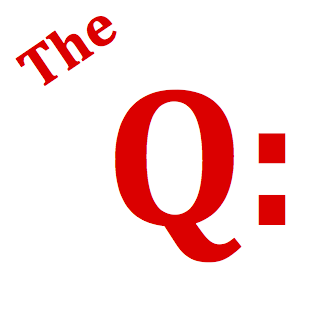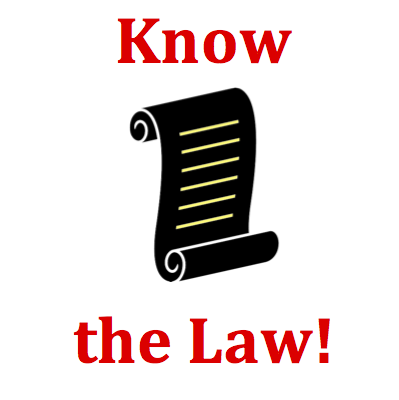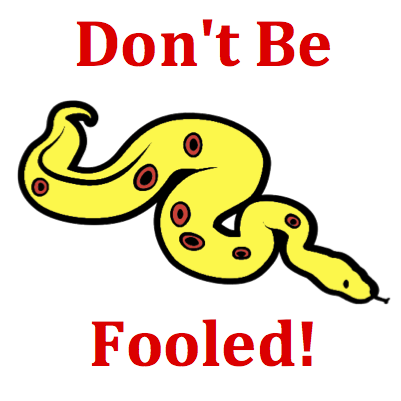Hold down the T key for 3 seconds to activate the audio accessibility mode, at which point you can click the K key to pause and resume audio. Useful for the Check Your Understanding and See Answers.
Mission MC6 Explosion-Like Impulses - Question Group 3 Help

A homemade cannon is loaded with a tennis ball. Fuel is placed in the explosion chamber of the cannon and ignited. The subsequent explosion exerts forces on the tennis ball and the cannon, propelling them in opposite directions. During the explosion, the ball and the cannon experience ____ force, ____ acceleration, ____ impulse, and ____ momentum change.

In any interaction between two objects, the objects mutually exert forces upon each other. These forces are equal in magnitude and opposite in direction. So if object 1 exerts a force of F2 on object 2, then object 2 exerts an equal force (in the opposite direction) of F1 on object 1. In equation form

Common sense would tell us that these forces endure for the same amount of time. After all, if the forces result from a mutual interaction, the cannon cannot be interacting with ball for a different amount of time than the ball is interacting with cannon. So
Mathematical logic applied to the two equations above would lead to the conclusion that the product of F and t for the cannon is equal in magnitude (and opposite in direction) to the product of F and t for the ball. That is,
The above statement means that each object encounters the same impulse, directed in opposite directions. Finally, the impulse is equal to momentum change. If applied to this interaction, then one can conclude that the cannon and the ball also experience the same momentum change. That is
In conclusion: in the explosive interaction between the cannon and the ball, the forces exerted on the objects are equal in magnitude, enduring for the same amount of time to produce an equal impulse for each object and resulting in an equal momentum change for each object.

In any interaction between two objects, there are some quantities that are always the same for each object (collision force, collision time, impulse and momentum change) and some quantities that often vary (mass, velocity change and acceleration). A careful student of Physics will keep these quantities straight in their mind. Don't be fooled! While the force, impulse and momentum change are the same for the cannon and the ball, the velocity change and acceleration will be greatest for the least massive ball.

- How do the individual momenta values of two objects after an explosive-like interaction compare to each other?
- When an explosive-like impulse occurs between two objects of unequal mass, how do the forces on the individual objects compare to each other?
- When an explosive-like impulse occurs between two objects of unequal mass, how do the impulses and momentum changes experienced by the individual objects compare to each other?